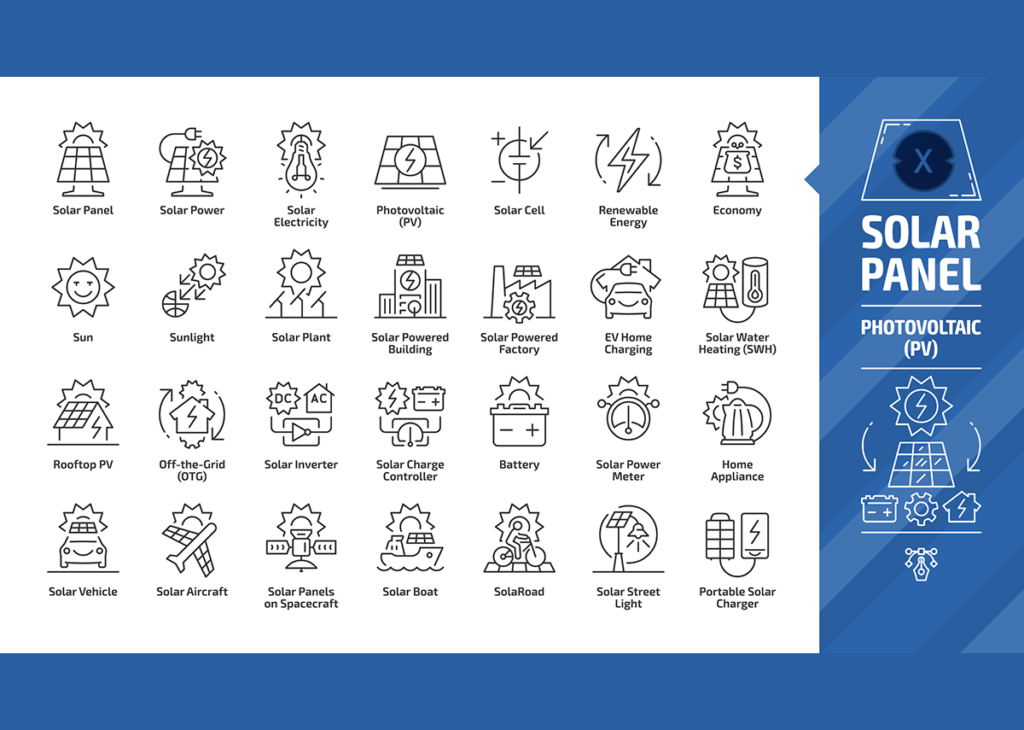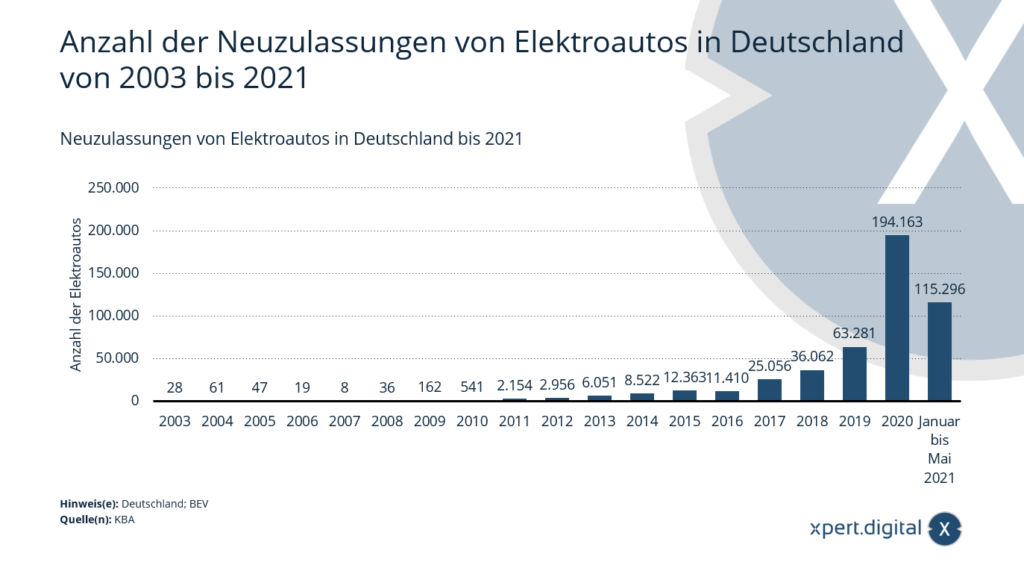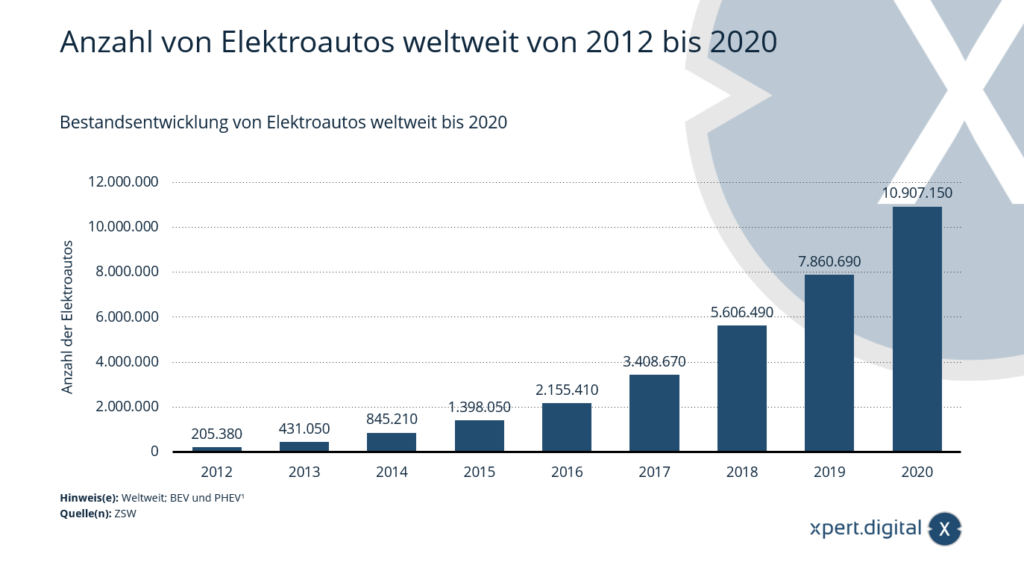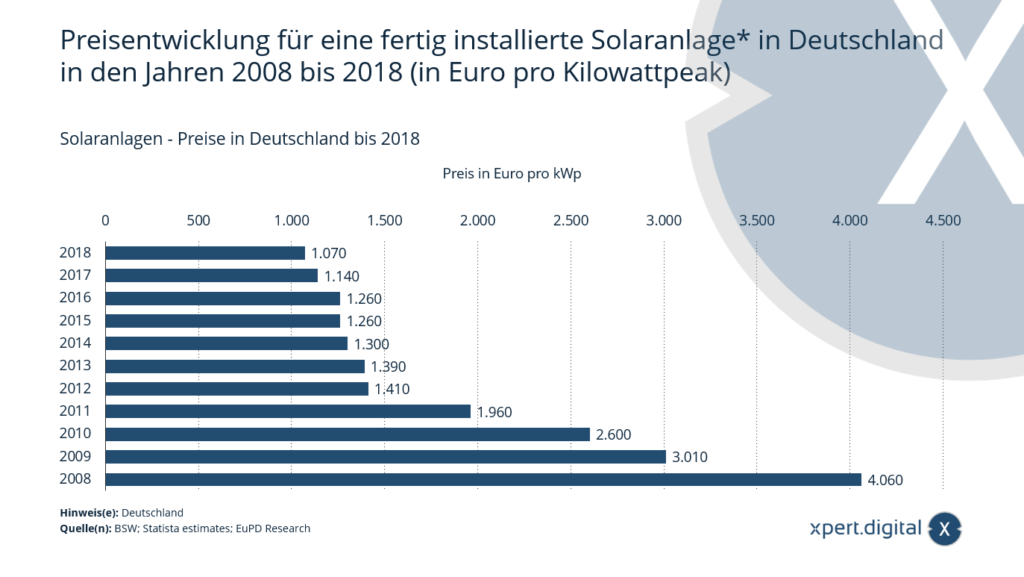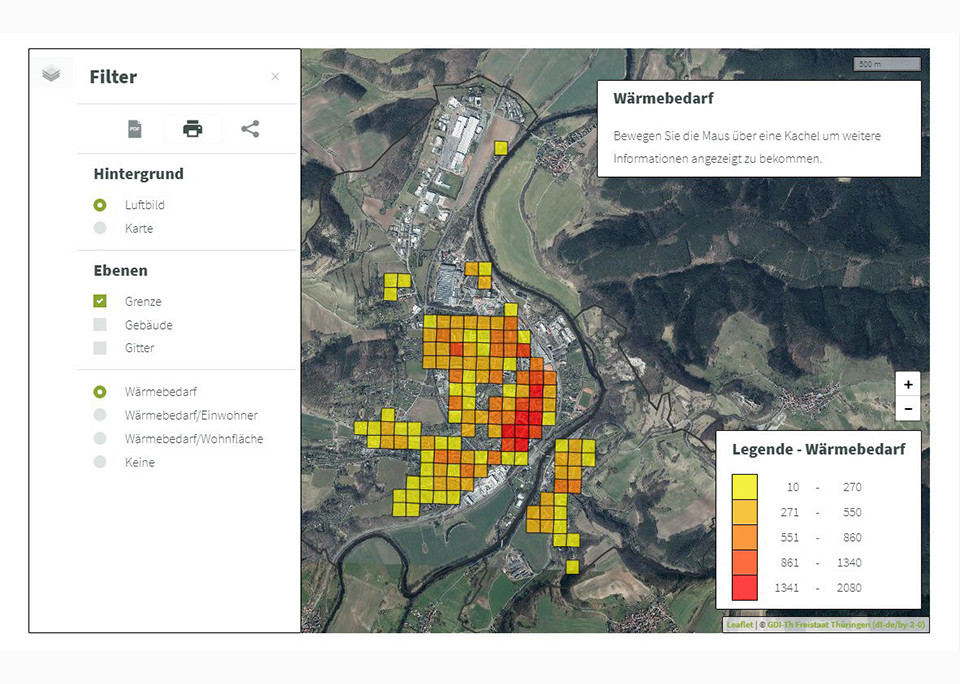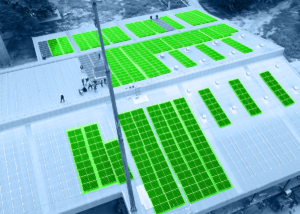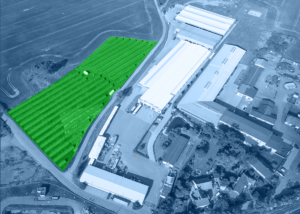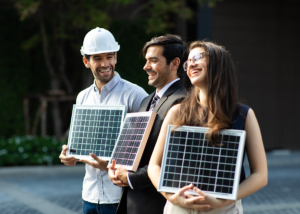Looking for a solar carport: building a solar parking space roof or planning a system in Duisburg, Bochum, Wuppertal or Bonn?
Language selection 📢
Published on: October 1, 2021 / update from: October 1, 2021 - Author: Konrad Wolfenstein
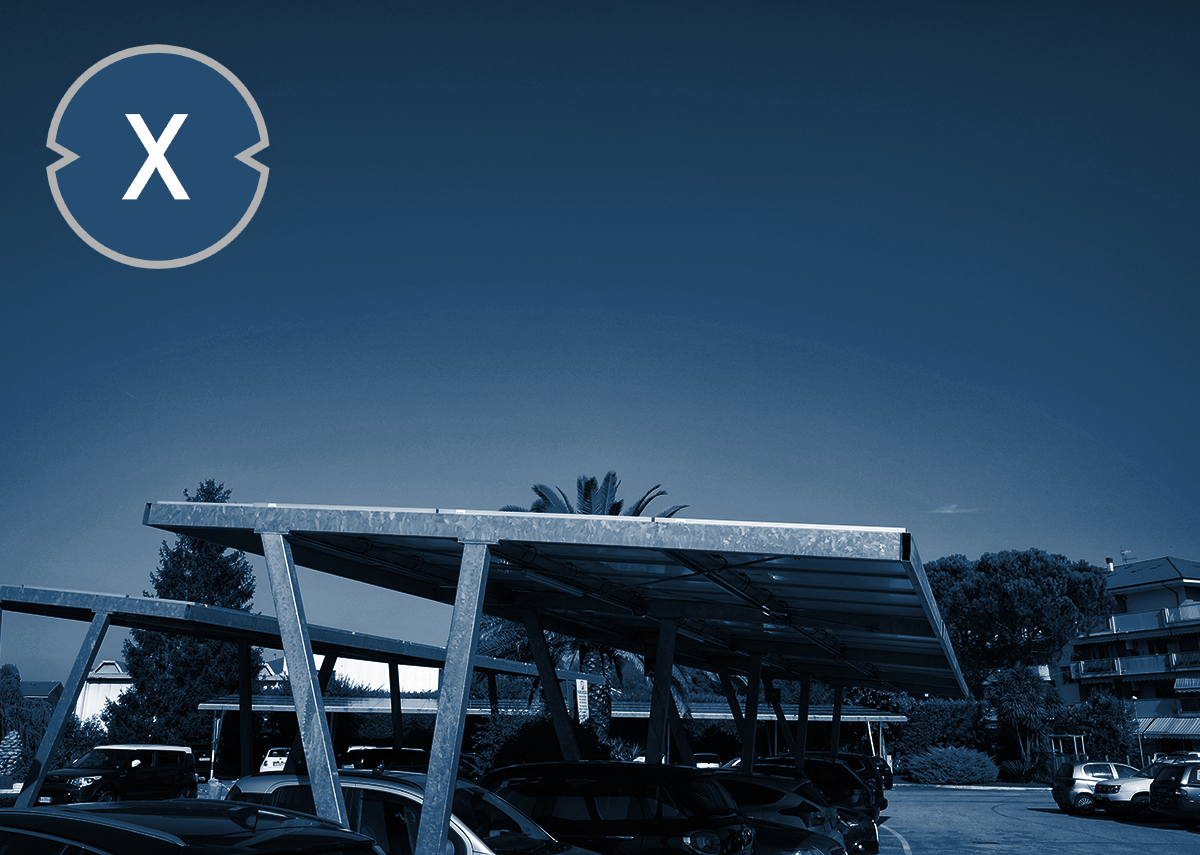
Solar carports generate electricity and protect parking areas - Image: Xpert.Digital / robypangy|Shutterstock.com
In addition to parking, areas that are already sealed will have two new functionalities added: protection from the weather and power generation
Climate protection is not only changing building laws, it will also completely change our current parking, fueling and driving behavior in the next few years. With your own solar system on the roof, be it on the building or hall, or as a solar parking lot roof, you become independent of electricity. The autonomous power supply .
Solar carports protect your parking areas from the elements. Thanks to the optimized mounting system, the PV carports form safe roofs that also generate electricity. Both private car owners and parking spaces in supermarkets or municipalities benefit from the advantages of a solar carport. By generating electricity from the modules, the PV system pays for itself after a short period of time. You also visually enhance the parking areas.
📣 Parking areas solar solutions for industry, retail and municipalities
Everything from a single source, specially designed for solar solutions for large parking areas. You refinance or counterfinance into the future with your own electricity generation.
🎯 For solar engineers, plumbers, electricians and roofers
Advice and planning including a non-binding cost estimate. We bring you together with strong photovoltaic partners.
👨🏻 👩🏻 👴🏻 👵🏻 For private households
We are positioned across regions in German-speaking countries. We have reliable partners who advise you and implement your wishes.
With over 1,000 specialist articles, we cannot present all topics here. Therefore, you will find a small excerpt from our work here and we would be pleased if we have piqued your interest in getting to know us better:
Our photovoltaics library (PDF)
Large PDF library: Market monitoring and market intelligence on the subject of photovoltaics.
Data is viewed at regular intervals and checked for relevance. This usually brings together some interesting information and documentation, which we combine into a PDF presentation: our own data analyzes and marketing intelligence as well as external market observations.
More about it here:
How high is the proportion of new registrations of electric cars in Germany?
Record number of new registrations of electric cars in Germany - in 2020, around 194,200 purely electric cars were registered, more than ever before. Compared to the previous year, this corresponds to a tripling of the number of admissions. The year 2021 also started with significant growth compared to the same period last year.
New registrations of battery electric cars (BEV)
The statistics show new registrations of purely battery-powered electric cars. The term electromobility often includes different types of electric or partially electric drives. Battery electric vehicles are powered exclusively by an electric motor, which draws the required electrical energy from a traction battery. Plug-in hybrid vehicles, which have an internal combustion engine in addition to an electric motor and only partially run purely electrically, are usually also included under the term electromobility.
Charging infrastructure is a basic requirement for the mobility transition
The number of publicly accessible charging stations is a criterion when deciding for or against an electric car. In 2020 alone, a total of over 3,000 new charging points were added, and drivers had over 16,800 charging stations available to them in December. The federal state with the most charging stations in 2020 was Bavaria.
What is the number of electric cars worldwide?
What is the price development using the example of a fully installed solar system?
The statistics show the price development for a fully installed solar system in Germany from 2008 to 2018. In 2018, a fully installed rooftop solar system with an output of ten to 100 kilowatt peak in Germany cost 1,070 euros per kilowatt peak in the fourth quarter of the year.
*Net system price for a rooftop system of 10 to 100 kWp. The values refer to the fourth quarter of the year.
How high is the share of solar energy in gross electricity generation in Germany?

Solar energy use through solar systems – Image: Xpert.Digital / Kuznetcov_Konstantin|Shutterstock.com
According to current data from AG Energy Balances, around seven percent of gross electricity generation in Germany was supplied by photovoltaic systems in 2018. This meant that the share of photovoltaic energy in the electricity mix rose again for the first time, after previously stagnating for several years, as the graphic shows. Low system prices and high demand for more environmentally friendly energy have caused the solar energy market to grow over the past year.
More about it here:
Record share of renewable energies of 55.8 percent
Net electricity generation in the first half of 2020: On July 1st, the Fraunhofer Institute for Solar Energy Systems ISE presented the data on public net electricity generation for the first half of 2020, which comes from the Energy Charts data platform. With a share of 55.8 percent of net electricity generation for public electricity generation - i.e. the electricity mix that comes from the socket - renewable energies set a new record. In February their share was even 61.8 percent. Solar and wind energy systems together fed 102.9 terawatt hours (TWh) into the public grid, compared to 92.3 TWh in the first half of 2019. Electricity production from coal, on the other hand, fell sharply: the share of lignite fell to 13.7 percent, hard coal only comes to 6 percent. Wind energy was once again the strongest energy source with a share of 30.6 percent.
More about it here:
Was the earth greener 20 years ago or not?
The earth is much greener than it was 20 years ago. What sounds like a reason to celebrate should be treated with caution. Leafy green areas added to the Earth's surface since 2000 and cataloged by NASA's MODIS satellite appeared due to reforestation and agricultural activities.
In China and India in particular, human activity has resulted in more areas being covered with plants. China increased its green area by 17.8 percent between 2000 and 2017, India by 11.1 percent. The EU, which is among the eleven “countries” with the largest total leaf area, came third. Scientists analyzing the data for a study published in the Nature Sustainability Journal found that in China's case, 42 percent of the additional greenery came from new forests and 32 percent from farmland. The country has recently invested billions in reforestation programs. India, on the other hand, had to account for 82 percent of its leaf production for agriculture. In Brazil, for example, the increase in green acreage was still almost entirely offset by the disappearance of forests and savannah vegetation.
Overall, the area of foliage on earth increased by more than 4 percent in the 18 years examined, with agricultural activities accounting for two thirds of the increase. In particular, the use of genetically modified crops, multiple growth cycles, intensive irrigation and fertilization, and the mechanization of agriculture have made agriculture more visible on satellite images, especially in developing countries.
More about it here:
How many people work in the renewable energy sector worldwide?
According to a recent report released by the International Renewable Energy Agency, nearly 11 million people work in the renewable energy industry worldwide. Around 3.5 million of these employees work for companies that deal with photovoltaics, the conversion of solar power into electricity.
The solar industry has the strongest position in the statistics, with another 800,000 employed in solar energy, which is converted directly into heat or cold, and 34,000 more in concentrated solar energy, an industry that builds large solar power projects that use mirrors and lenses to concentrate solar energy from large to small areas. An example of this powerful technology is the PS10 solar power plant near Seville, Spain.
Since the first analysis in 2013, the number of employees in the industry has increased from 5.7 million to around 11 million in 2018. The country with the most jobs is China, with just over 4 million employees in its strong photovoltaic and wind power industries. Brazil employs 1.1 million people, mostly in the biofuels sector. Around 1.2 million people in the EU work in this sector, with solid biomass and wind being equally strong.
More about it here:
Which form of energy supply is best suited for municipalities and communities?
Visualized heat requirements of the municipality of Neumark (486 inhabitants) in a 100 x 100 m grid. Dark colors indicate a high heat requirement. The results were estimated based on the building structures.
The energy transition is coming. However, representatives of small communities are often confused about what exactly this could look like for them. Solar energy, photovoltaics or geothermal energy? What makes sense and to what extent can these technologies contribute to the community's energy supply? What about possible funding?
Software tool analyzes needs and possibilities
A tool from the Applied Systems Technology AST division of the Fraunhofer Institute for Optronics, System Technology and Image Analysis IOSB, which researchers developed in the “Energy Engineering and Economic Modeling modTRAIL” project, comes into play here. “With our software, mayors of smaller communities can find out about the technical possibilities in the area of energy transition and the corresponding funding – tailored individually to the community,” says Liane Rublack, scientist at Fraunhofer IOBS-AST. “Heat and electricity do not have to be generated 100 percent from renewable sources; rather, the tool relies on an energy mix of conventional and renewable generation systems.”
More about it here:
- Warehouses, production halls and industrial halls with their own power source from a photovoltaic roof system - Image: NavinTar|Shutterstock.com
- Industrial plant with its own power source from an outdoor photovoltaic system - Image: Peteri|Shutterstock.com
- Plan solar systems with photovoltaic solutions for freight forwarding and contract logistics
- B2B solar systems and photovoltaic solutions & advice
- Plan photovoltaics for warehouses, commercial halls and industrial halls
- Industrial plant: Plan a photovoltaic open-air system or open-space system
- Plan solar systems with photovoltaic solutions for freight forwarding and contract logistics
- B2B solar systems and photovoltaic solutions & advice
Solar system solutions: Xpert.Solar for planning and consulting in the area of solar carports, solar systems on roofs and photovoltaic systems in general for Duisburg, Bochum, Wuppertal and Bonn
I would be happy to serve as your personal advisor.
You can contact me by filling out the contact form below or simply call me on +49 89 89 674 804 .
I'm looking forward to our joint project.
Xpert.Digital – Konrad Wolfenstein
Xpert.Digital is a hub for industry with a focus on digitalization, mechanical engineering, logistics/intralogistics and photovoltaics.
With our 360° business development solution, we support well-known companies from new business to after sales.
Market intelligence, smarketing, marketing automation, content development, PR, mail campaigns, personalized social media and lead nurturing are part of our digital tools.
You can find out more at: www.xpert.digital – www.xpert.solar – www.xpert.plus



